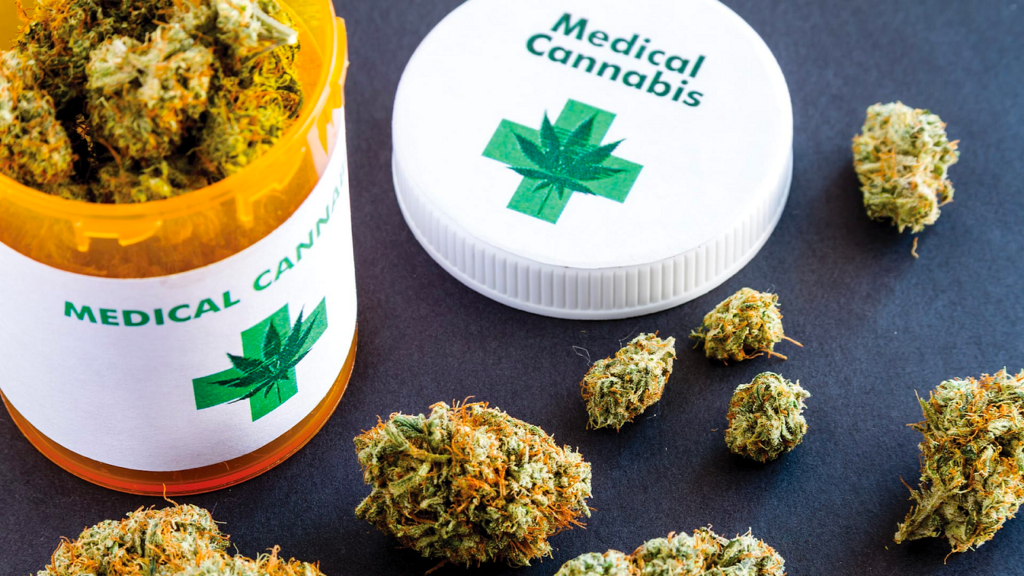The Historical Context of Medical Cannabis
The journey of medical cannabis from a taboo to a recognized treatment option is a fascinating tale of science, societal change, and healthcare evolution.
Historically, cannabis has been used for medicinal purposes for thousands of years, with evidence dating back to ancient civilizations. In ancient China, it was used for pain relief and anesthesia, while in India, it was incorporated into Ayurvedic medicine.
However, in the early 20th century, a combination of political, social, and economic factors led to the stigmatization and criminalization of cannabis. This shift was largely influenced by misinformation and societal attitudes rather than scientific evidence.
- The Historical Context of Medical Cannabis
- The Resurgence of Medical Cannabis
- Understanding Cannabinoids and Their Therapeutic Effects
- The Legal Landscape and Its Impact on Research
- Patient Experiences and Societal Acceptance
- The Role of Healthcare Professionals
- Future Directions in Medical Cannabis Research
- Challenges and Considerations
- Economic and Social Impacts of Medical Cannabis
- Conclusion
The Resurgence of Medical Cannabis

Over the past few decades, there has been a notable change in how cannabis is perceived, especially within the medical field.
This renewed perception can be mainly attributed to the increasing amount of scientific research that highlights the medicinal properties of cannabis in treating various ailments.
Research has demonstrated its efficacy in relieving chronic pain, decreasing epilepsy seizures, and alleviating symptoms associated with multiple sclerosis.
Additionally, this shift in perception is driven by advocacy efforts and the evolving public opinion, with more individuals acknowledging the potential advantages of cannabis.
Understanding Cannabinoids and Their Therapeutic Effects
Central to cannabis’ medical effectiveness are compounds known as cannabinoids. The most well-known cannabinoids are tetrahydrocannabinol (THC) and cannabidiol (CBD).
THC primarily causes the psychoactive effects of cannabis, while CBD causes no such effects and is often praised for its therapeutic benefits.
Research shows that CBD can reduce anxiety, relieve pain, and improve sleep quality. Additionally, other cannabinoids such as cannabinol (CBN) and cannabigerol (CBG) are also being studied for their potential therapeutic properties.
The Legal Landscape and Its Impact on Research
The legal status of cannabis is a major barrier to research. However, as more countries and states legalize medical cannabis, scientific research and clinical trials are also increasing.
This growing body of research is critical to fully understanding the potential and limitations of cannabis as a medicine.
Legalization has also led to increased research funding and increased interest among scientists to participate in cannabis research.
Patient Experiences and Societal Acceptance

Patient testimonials have played a vital role in changing the perception of medical cannabis. Individuals who have found relief from chronic pain, debilitating seizures, or severe nausea through cannabis use have been vocal advocates for its medical use.
These personal stories, coupled with scientific evidence, have contributed to a broader societal acceptance of cannabis as a legitimate treatment option.
The real-world experiences of patients have often been a driving force in changing legislation and attitudes towards medical cannabis.
The Role of Healthcare Professionals
Healthcare professionals are increasingly recognizing the potential benefits of medical cannabis. However, there is a need for more education and training in this area to ensure that practitioners can effectively prescribe and manage cannabis-based treatments.
This includes understanding the different strains of cannabis, administration methods, dosages, and potential interactions with other medications.
As medical cannabis becomes more mainstream, healthcare providers must stay informed about the latest research and guidelines to provide the best care for their patients.
Future Directions in Medical Cannabis Research
The future of medical cannabis research is bright, with several areas ripe for exploration. This includes understanding the long-term effects of cannabis use, developing treatments to target specific symptoms, and improving dosage and delivery methods.
Additionally, there is growing interest in exploring the potential of other cannabinoids beyond THC and CBD.
Researchers are also studying the entourage effect, in which cannabinoids are more effective together than when present alone. This could lead to more effective combination treatments for a variety of diseases.
Challenges and Considerations
Challenges and Considerations Despite progress, challenges remain to be overcome in the field of medical cannabis.
These include regulatory hurdles, the need for standardized dosing and quality control, and addressing concerns about the long-term effects of cannabis use.
We also need more comprehensive education about the safe and effective use of medical cannabis for both healthcare providers and patients.
Additionally, the stigma surrounding cannabis use remains a barrier for some patients and healthcare professionals, but this is slowly changing.
Economic and Social Impacts of Medical Cannabis
The legalization and acceptance of medical cannabis also has significant economic and social impacts. Economically, the medical cannabis industry has created jobs, generated tax revenue, and encouraged investment in research and development.
At a societal level, this has led to a reassessment of drug policy and a reduction in the stigma associated with cannabis use.
This change has broader social justice implications, particularly in addressing the disproportionate impact of drug laws on certain communities.
Conclusion
The path medical cannabis has taken from taboo to an accepted treatment option is a testament to the growing understanding of its therapeutic potential.
As research advances and societal perceptions change, medical cannabis will play an increasingly important role in modern medicine.
This step reflects a broader movement toward more holistic, patient-centered care, where the value of medicines is determined by their effectiveness and safety, rather than historical biases or misconceptions.

Jean Smith is a fitness enthusiast and blogger who focuses on fitness and a healthy lifestyle. She is passionate about assisting people in living healthier lifestyles and is constantly on the lookout for new and creative methods to stay fit and healthy. Her articles are excellent resources for anyone interested in improving their health and fitness.
